In construction, effective risk management is essential for controlling risks and ensuring safety. As an HSE (Health, Safety, and Environment) or risk coordinator, you are often responsible for conducting inspections and monitoring measures on-site. Thanks to modern technology like Ed Controls, coordinators can now efficiently manage many aspects of risk management without always needing to be physically present on-site.

Why not always on-site?
While physical presence on the construction site has traditionally been important for supervision, tools like Ed Controls can significantly reduce this necessity. With this technology, HSE and risk coordinators can oversee operations without unnecessary trips to the site, saving time and costs. It also ensures that inspections and monitoring processes are performed more efficiently and accurately.
On construction sites, unexpected situations can arise, such as deviations from the original plan or unforeseen risks. With tools for dynamic risk management, coordinators can quickly respond and monitor the situation remotely without needing to be physically present at all times.
Common challenges in risk management
Interviews reveal some common challenges in risk management. Many coordinators still rely on static systems like Excel, which make it difficult to track changes and provide proof of compliance. The lack of evidence, such as photos or inspection reports, also makes it harder to demonstrate that safety measures were properly implemented. Additionally, the workload surrounding risk assessments and evaluations (RA&E) can lead to frustration. Simplifying these processes can provide much-needed relief.
Technology for better oversight
Modern tools like Ed Controls help risk coordinators manage inspections more efficiently. These benefits include:
-
Recurring audits: Safety checks can be automatically scheduled, saving time.
-
Real-time reporting: Coordinators can instantly capture and upload evidence from the construction site.
-
Dynamic risk management: Tools adapt to the project's phase or specific risks on-site.
The importance of monitoring measures
Monitoring on-site measures is crucial to ensure risks are properly addressed. For instance, if safety nets are required above 2.5 meters, the HSE coordinator must verify their proper installation. Involving coordinators early in the design phase helps address risks proactively, preventing costly changes later.
Building a safety culture
Safety is not just about rules, it’s also about behaviour. Open communication with all stakeholders, such as subcontractors, is essential. Regular visits to the construction site not only help maintain safety standards but also provide opportunities for training and immediate feedback.
Would you like to experience how Ed Controls makes risk management easier and more efficient? Request a free demo or trial today and discover the benefits for your project!








